The regasification process
Within the cycle of production and transportation of natural gas (NG), the regasifier allows you to return your product from a liquid (LNG) used in maritime transport to a gas useful for the land transport and end use.
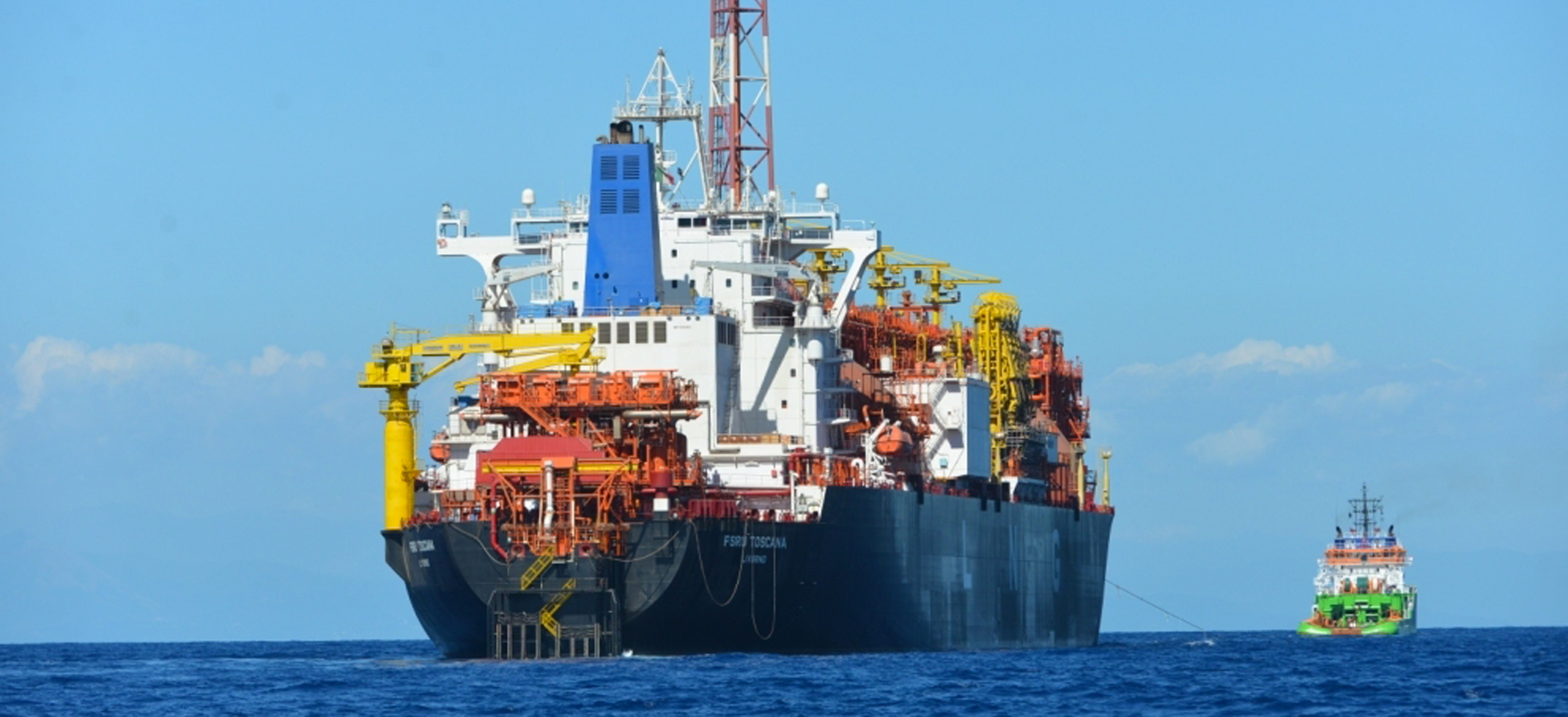
Within the cycle of production and transportation of natural gas (NG), the regasifier allows you to return your product from a liquid (LNG) used in maritime transport to a gas useful for the land transport and end use.
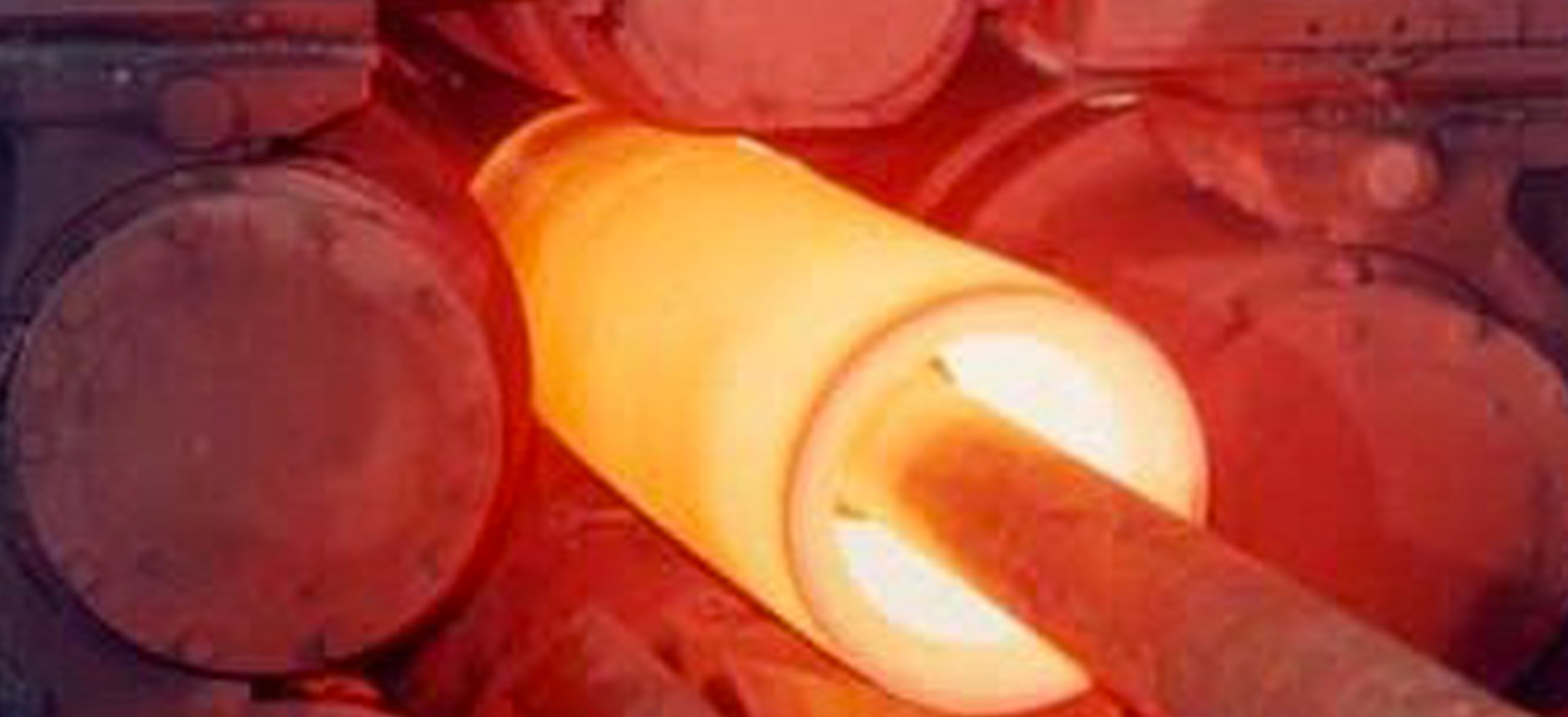
In the past, the tubes were produced by casting in molds, by drilling of cylinders, by welding of curved sheet metal: quite unsatisfactory techniques, because the tubes so made not stand high pressures and were subject to deformation.
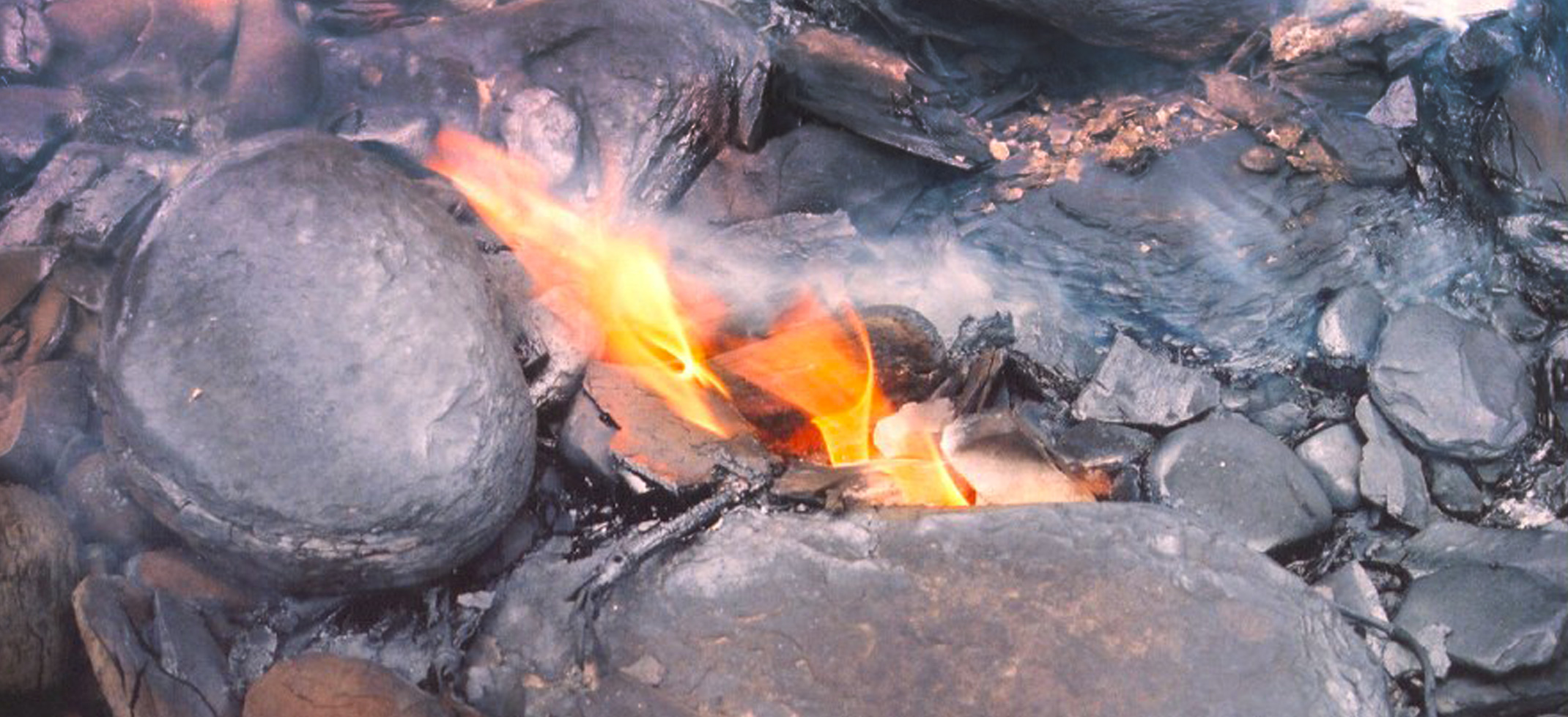
Pyrolysis, hydrogenation, or thermal dissolution convert the organic matter in the rock (kerogen) in oil and synthetic gas.

The use of subsea pipelines interesting now the most various engineering applications, and are finding great development especially in the field of oil and gas pipelines for the use of offshore fields but also in the hydraulic field for example for the construction of aqueducts for feeding the drinking water of islands, for the realization of the sections to sea outfalls effluents from the treatment plants or for the realizations of variants of tracks on the coastal for areas heavily populated.
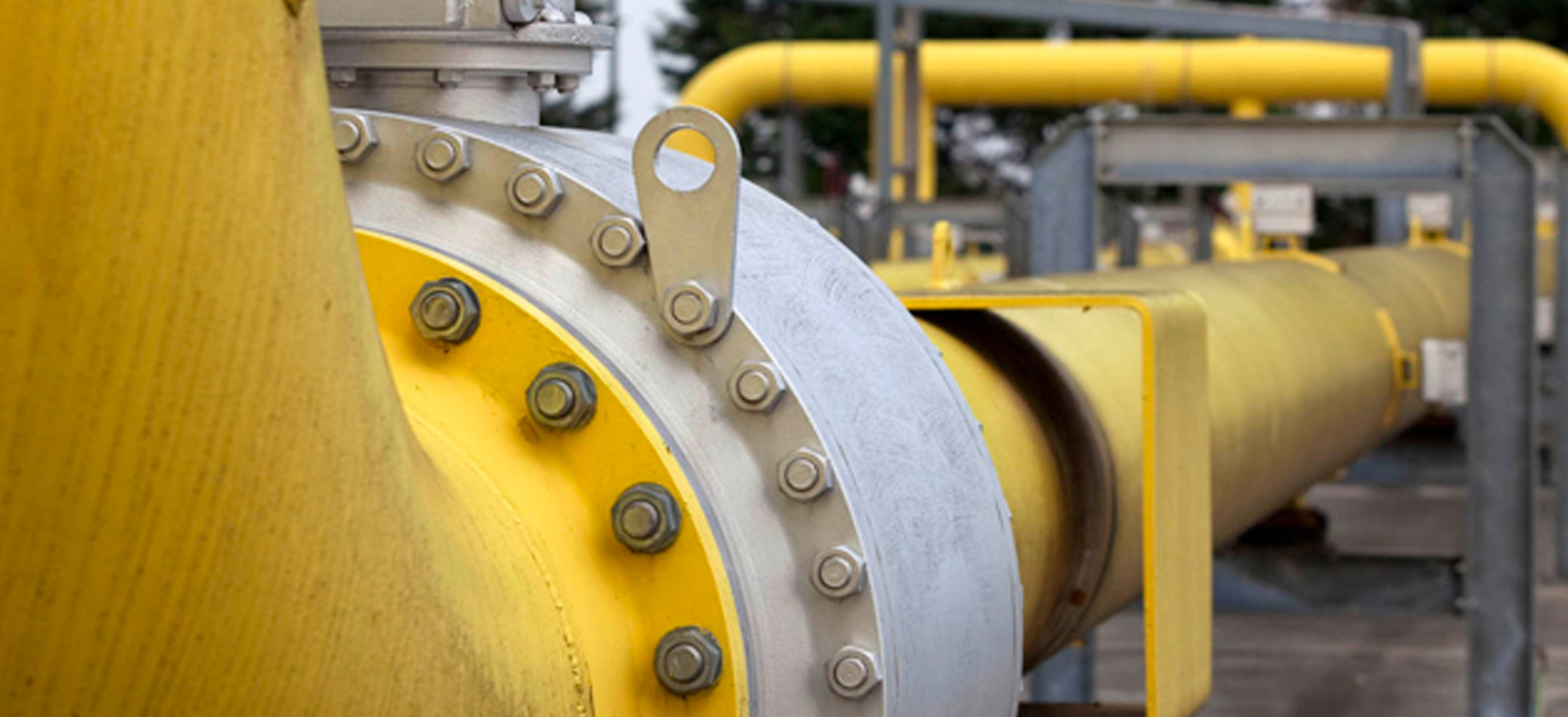
In order to assist in detecting leaks, a minute amount of odorant is added to the otherwise colorless and almost odorless gas used by consumers.
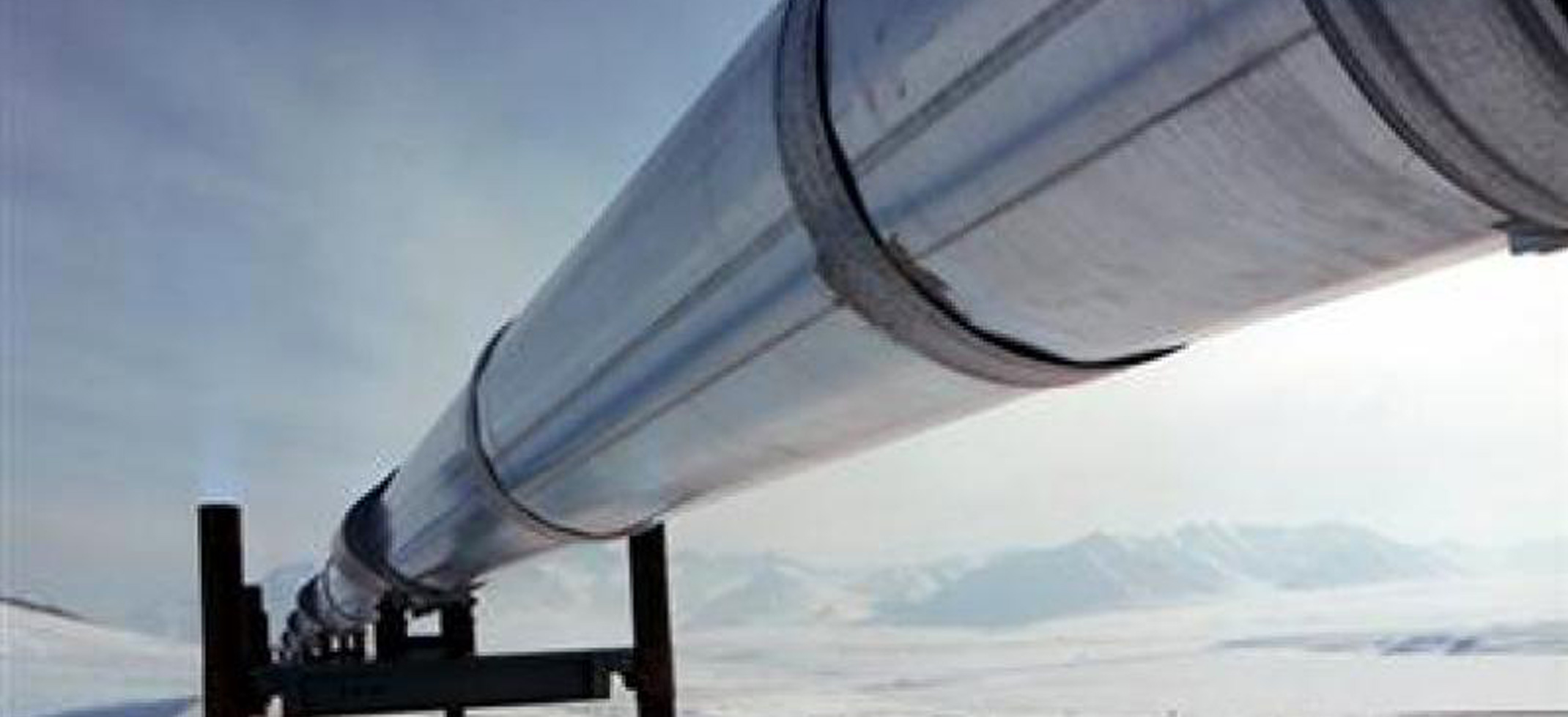
The pipeline has been constructed by the Blue Stream Pipeline, the Netherlands based joint venture of Russian Gazprom and Italian Eni with the intent of diversifying Russian gas delivery routes to Turkey and avoiding third countries.

Cracking is the process whereby complex organic molecules such as kerogens or heavy hydrocarbons are broken down into simpler molecules such as light hydrocarbons, by the breaking of carbon-carbon bonds in the precursors.

Natural gas is commonly found in the fossil state, along with oil, coal or alone in natural deposits only.

A recent decrease in the cost of photovoltaic (PV) panels resulted in a large number of cases in which solar energy companies could not stay afloat.
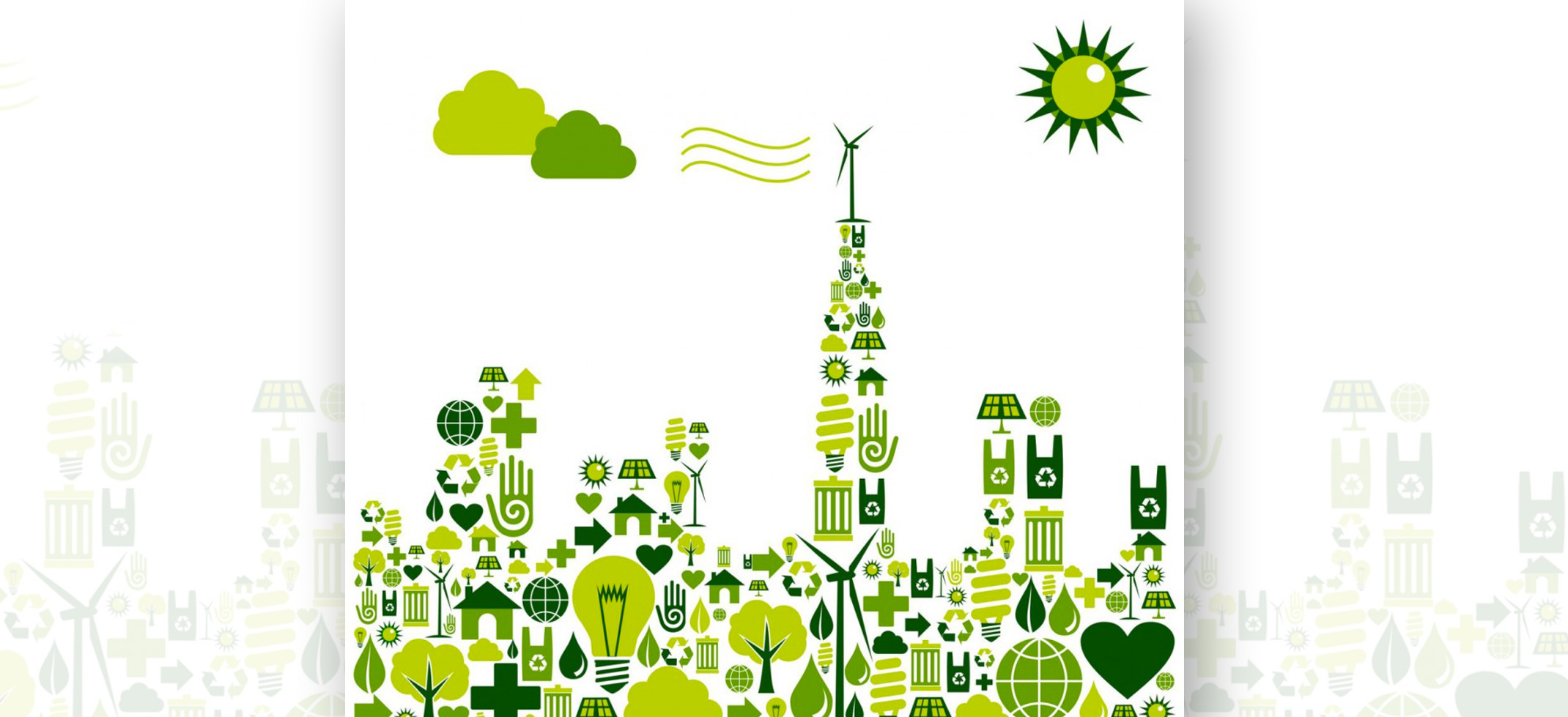
The European Council has recently approved the 2030 single framework for energy and climate EU, in which they identified the priority objectives to be achieved.